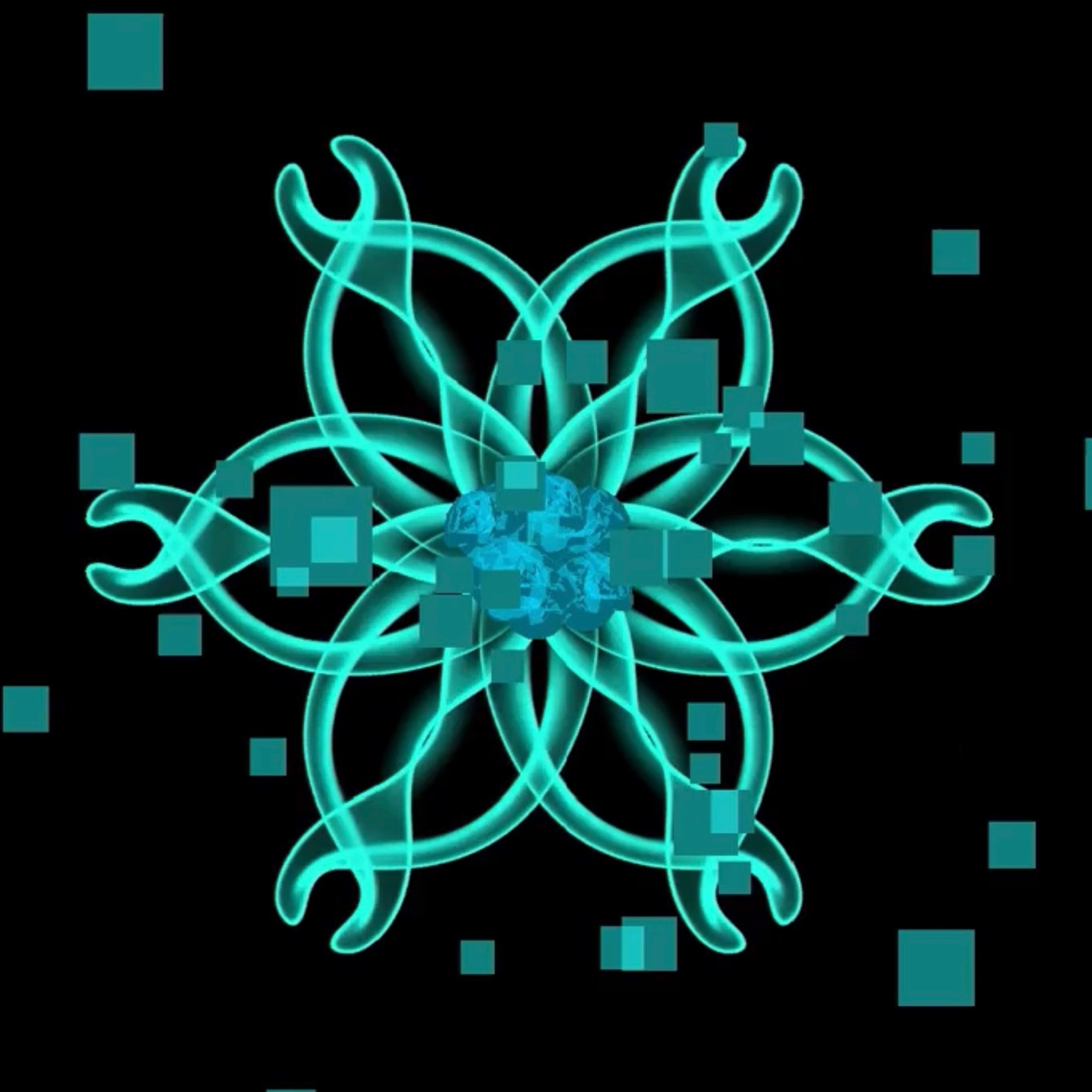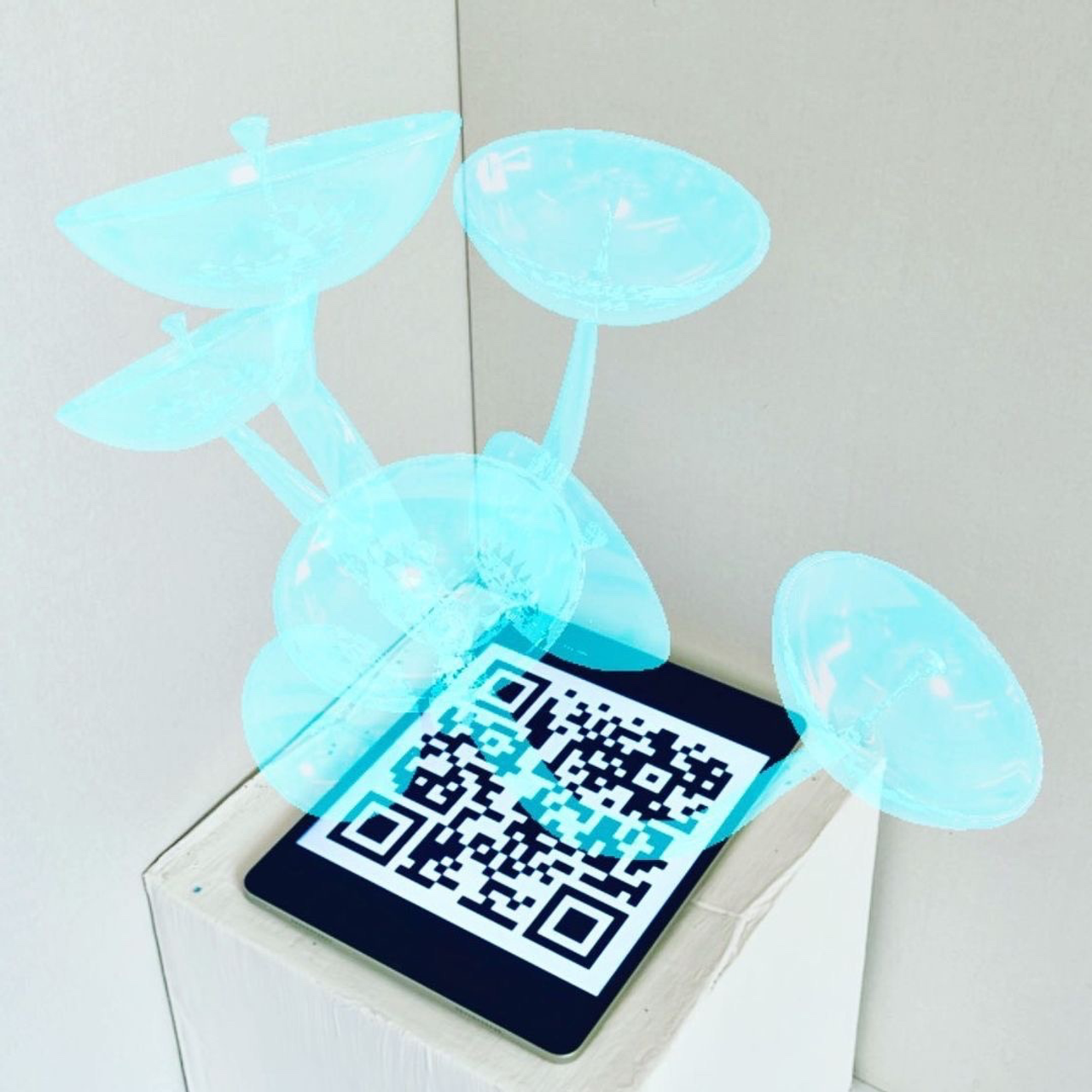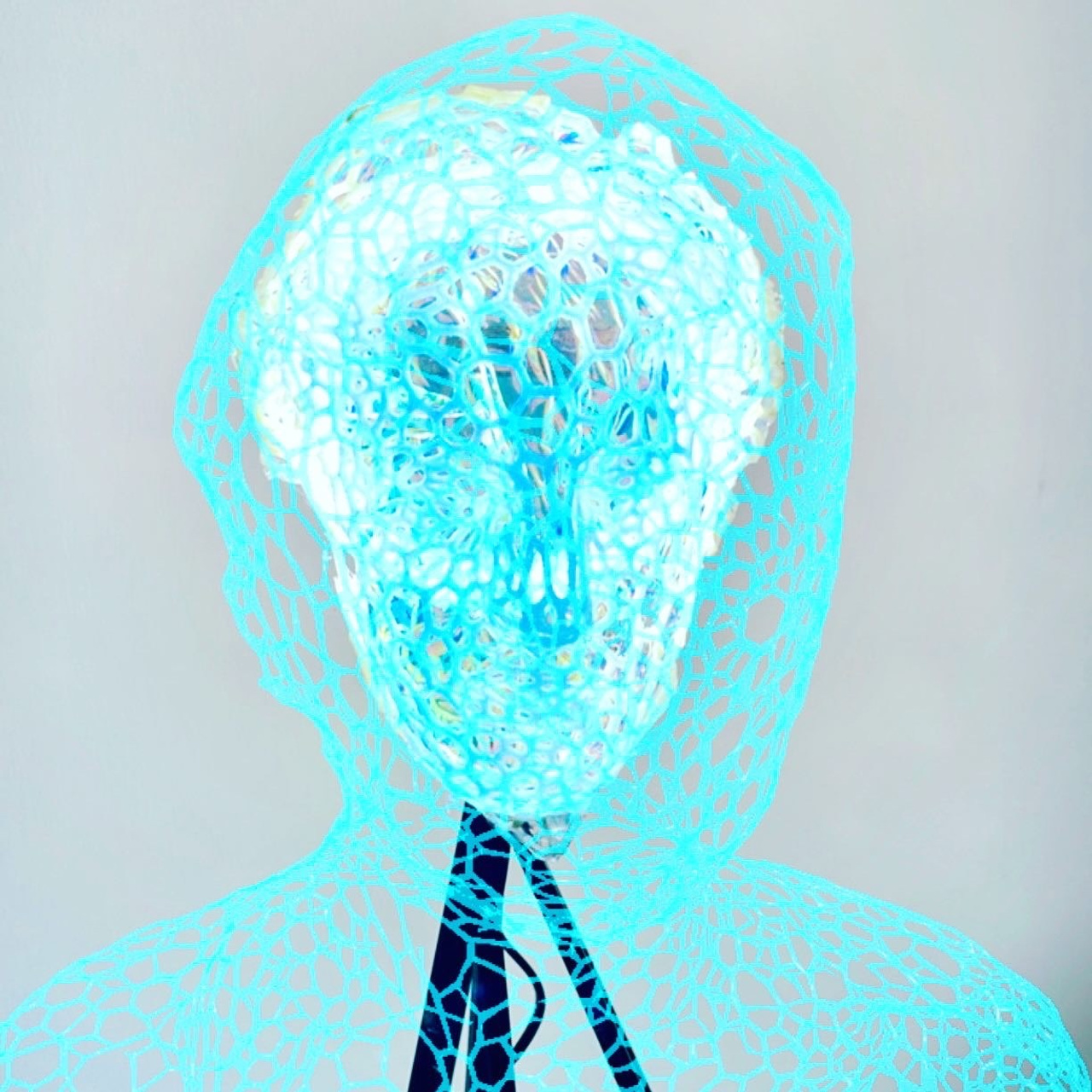Behind the reality of the body #95
2023
Recycled plastic/Augmented reality
The project explores the blurring boundaries between physical and digital existence in the era of new media. An object crafted from recycled plastic and enhanced with AR elements becomes a tangible embodiment of this hybrid state—where the real body, frozen before a screen, simultaneously inhabits virtual space. The distorted, fragmented plastic form reflects the transformation of corporeality: from cinema halls to televisions, from computers to smartphones, where with each technological leap, the boundary between the physical and digital 'self' grows increasingly phantom-like.
In this project, augmented reality functions as a magnifying glass, making this paradox visible: when the viewer interacts with the object through a device screen, their own body splits—remaining in the physical world while also projecting itself into digital space. Generative adversarial networks (GANs), used in creating the virtual elements, highlight the role of non-human actors in shaping this new corporeality—algorithms already influence how we perceive ourselves and our boundaries.
The project does not provide an answer to where the real body ends and the virtual one begins but instead offers a tool for contemplation. Recycled plastic—a material that, like the body in the digital age, constantly changes its form and purpose—becomes a metaphor for this mutability. Ultimately, the work invites the viewer not so much to locate a boundary but to feel the very oscillation between worlds, which is itself the new mode of human existence. 'How does one perceive the body when it is simultaneously here and there? '—this question remains open, like an endless browser tab in the mind.
3D printing from recycled plastic of bottles found in an urban environment, augmented reality.
85×90×105 cm











